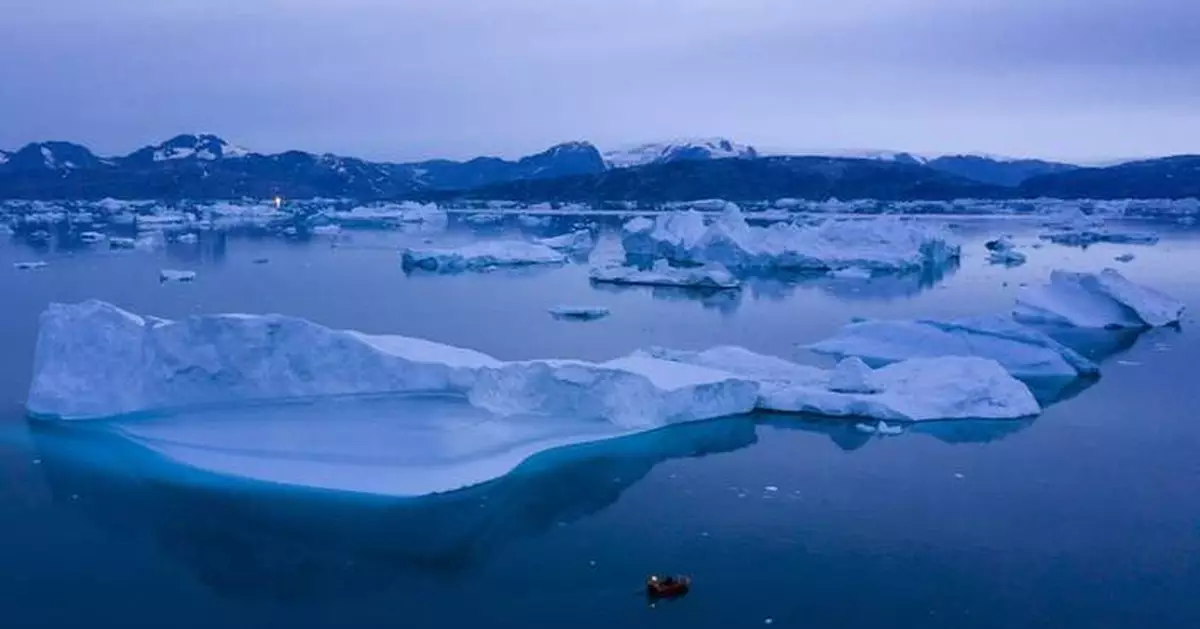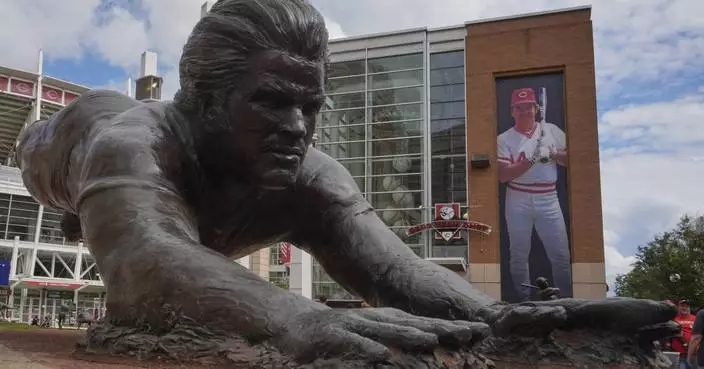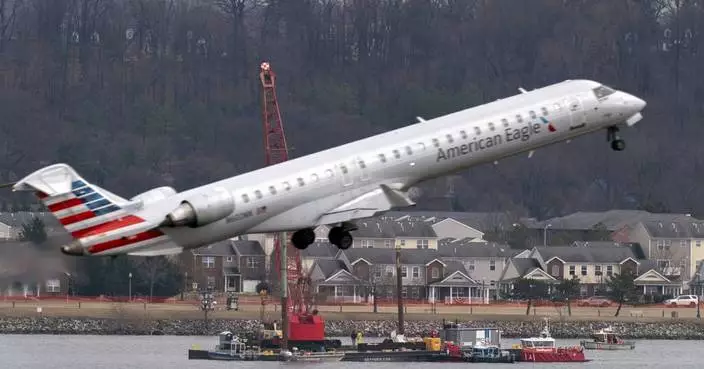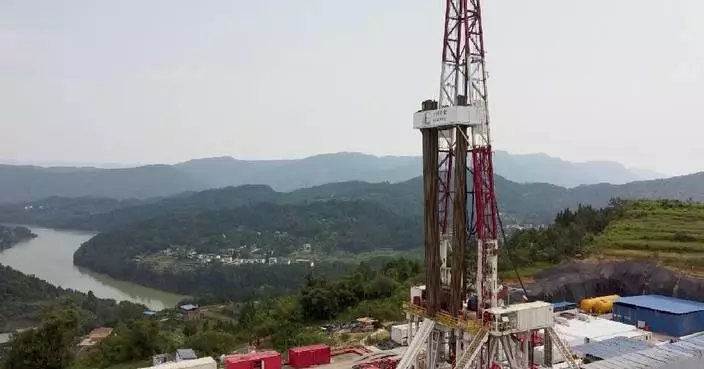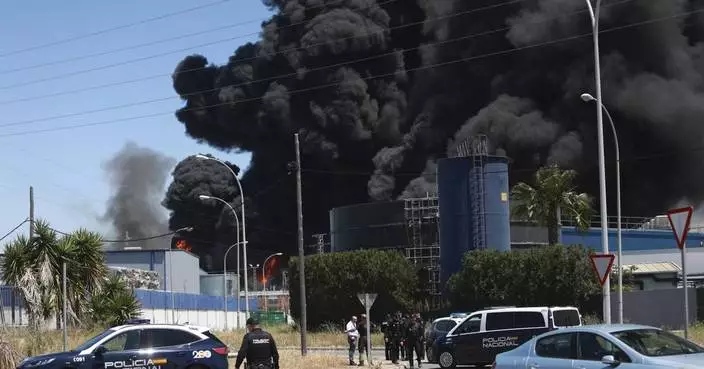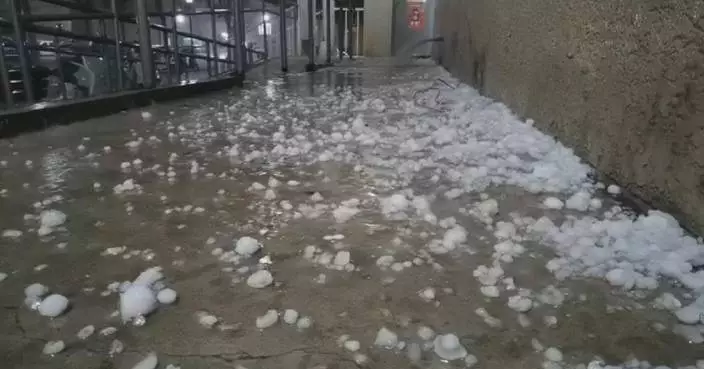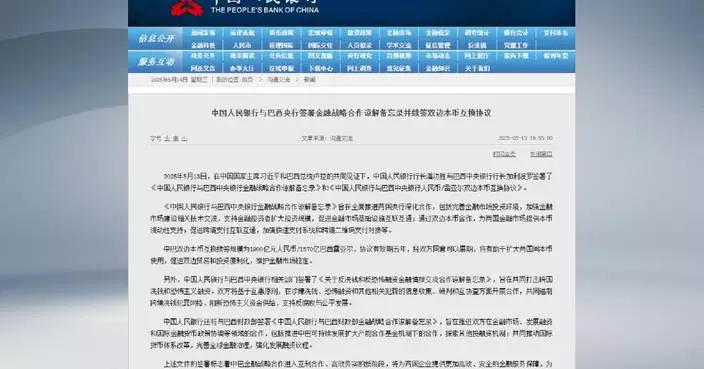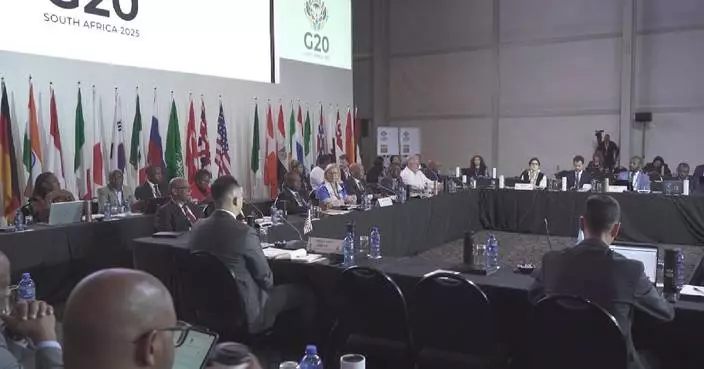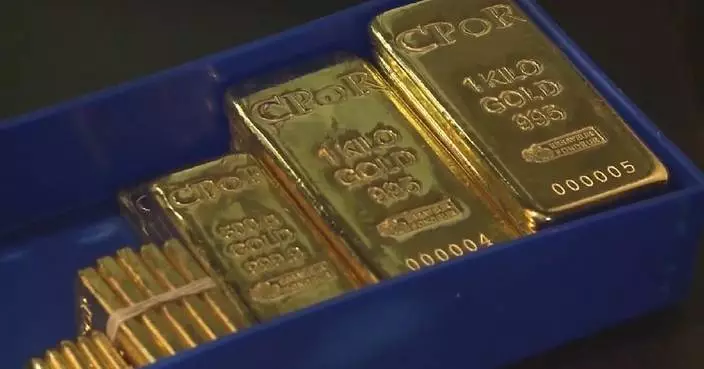Remote, icy and mostly pristine, Greenland plays an outsized role in the daily weather experienced by billions of people and in the climate changes taking shape all over the planet.
Greenland is where climate change, scarce resources, tense geopolitics and new trade patterns all intersect, said Ohio University security and environment professor Geoff Dabelko.
The world's largest island is now "central to the geopolitical, geoeconomic competition in many ways," partly because of climate change, Dabelko said.
Since his first term in office, President-elect Donald Trump has expressed interest in acquiring Greenland, which is a semiautonomous territory of Denmark, a longtime U.S. ally and a founding member of NATO. It is also home to a large U.S. military base.
Think of Greenland as an open refrigerator door or thermostat for a warming world, and it's in a region that is warming four times faster than the rest of the globe, said New York University climate scientist David Holland.
Locked inside are valuable rare earth minerals needed for telecommunications, as well as uranium, billions of untapped barrels of oil and a vast supply of natural gas that used to be inaccessible but is becoming less so.
Many of the same minerals are currently being supplied mostly by China, so other countries such as the United States are interested, Dabelko said. Three years ago, the Denmark government suspended oil development offshore from the territory of 57,000 people.
But more than the oil, gas or minerals, there's ice — a "ridiculous” amount, said climate scientist Eric Rignot of the University of California, Irvine.
If that ice melts, it would reshape coastlines across the globe and potentially shift weather patterns in such a dramatic manner that the threat was the basis of a Hollywood disaster movie. Greenland holds enough ice that if it all melts, the world's seas would rise by 24 feet (7.4 meters). Nearly a foot of that is so-called zombie ice, already doomed to melt no matter what happens, a 2022 study found.
Since 1992, Greenland has lost about 182 billion tons (169 billion metric tons) of ice each year, with losses hitting 489 billion tons a year (444 billion metric tons) in 2019.
Greenland will be “a key focus point” through the 21st century because of the effect its melting ice sheet will have on sea levels, said Mark Serreze, director of the National Snow and Ice Data Center in Boulder, Colorado. "It will likely become a bigger contributor in the future.”
That impact is “perhaps unstoppable,” NYU's Holland said.
Greenland also serves as the engine and on/off switch for a key ocean current that influences Earth's climate in many ways, including hurricane and winter storm activity. It's called the Atlantic Meridional Overturning Circulation, or AMOC, and it's slowing down because more fresh water is being dumped into the ocean by melting ice in Greenland, Serreze said.
A shutdown of the AMOC conveyor belt is a much-feared climate tipping point that could plunge Europe and parts of North America into prolonged freezes, a scenario depicted in the 2004 movie “The Day After Tomorrow.”
“If this global current system were to slow substantially or even collapse altogether — as we know it has done in the past — normal temperature and precipitation patterns around the globe would change drastically,” said climate scientist Jennifer Francis of the Woodwell Climate Research Center. “Agriculture would be derailed, ecosystems would crash, and ‘normal’ weather would be a thing of the past.”
Greenland is also changing color as it melts from the white of ice, which reflects sunlight, heat and energy away from the planet, to the blue and green of the ocean and land, which absorb much more energy, Holland said.
Greenland plays a role in the dramatic freeze that two-thirds of the United States is currently experiencing. And back in 2012, weather patterns over Greenland helped steer Superstorm Sandy into New York and New Jersey, according to winter weather expert Judah Cohen of the private firm Atmospheric and Environmental Research.
Because of Greenland's mountains of ice, it also changes patterns in the jet stream, which brings storms across the globe and dictates daily weather. Often, especially in winter, a blocking system of high pressure off Greenland causes Arctic air to plunge to the west and east, smacking North America and Europe, Cohen said.
Because it straddles the Arctic circle between the United States, Russia and Europe, Greenland is a geopolitical prize that the U.S. and others have eyed for more than 150 years. It's even more valuable as the Arctic opens up more to shipping and trade.
None of that takes into consideration the unique look of the ice-covered island that has some of the Earth's oldest rocks.
“I see it as insanely beautiful. It's eye-watering to be there,” said Holland, who has conducted research on the ice more than 30 times since 2007. "Pieces of ice the size of the Empire State Building are just crumbling off cliffs and crashing into the ocean. And also, the beautiful wildlife, all the seals and the killer whales. It’s just breathtaking.”
Read more of AP’s climate coverage at http://www.apnews.com/climate-and-environment
Follow Seth Borenstein on X at @borenbears
The Associated Press’ climate and environmental coverage receives financial support from multiple private foundations. AP is solely responsible for all content. Find AP’s standards for working with philanthropies, a list of supporters and funded coverage areas at AP.org.
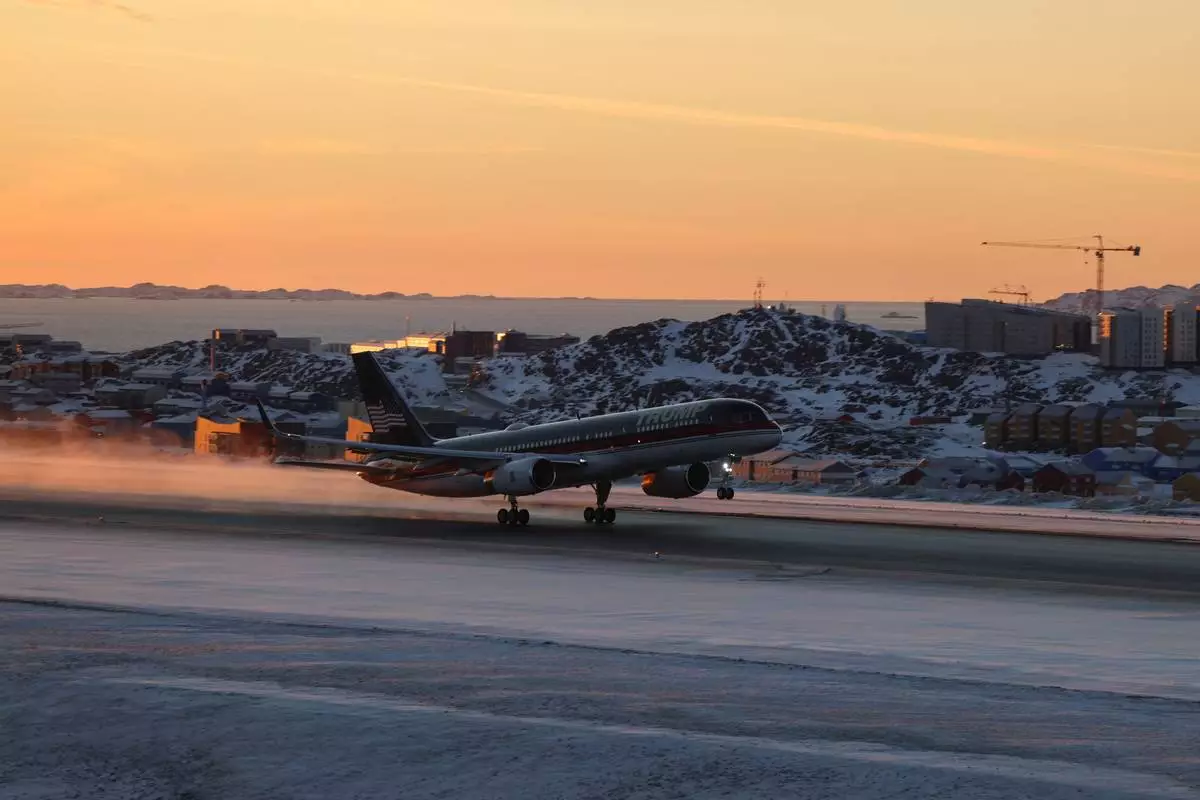
The plane carrying Donald Trump Jr., departs from the airport in Nuuk, Greenland, Tuesday, Jan. 7, 2025. (Emil Stach/Ritzau Scanpix via AP)
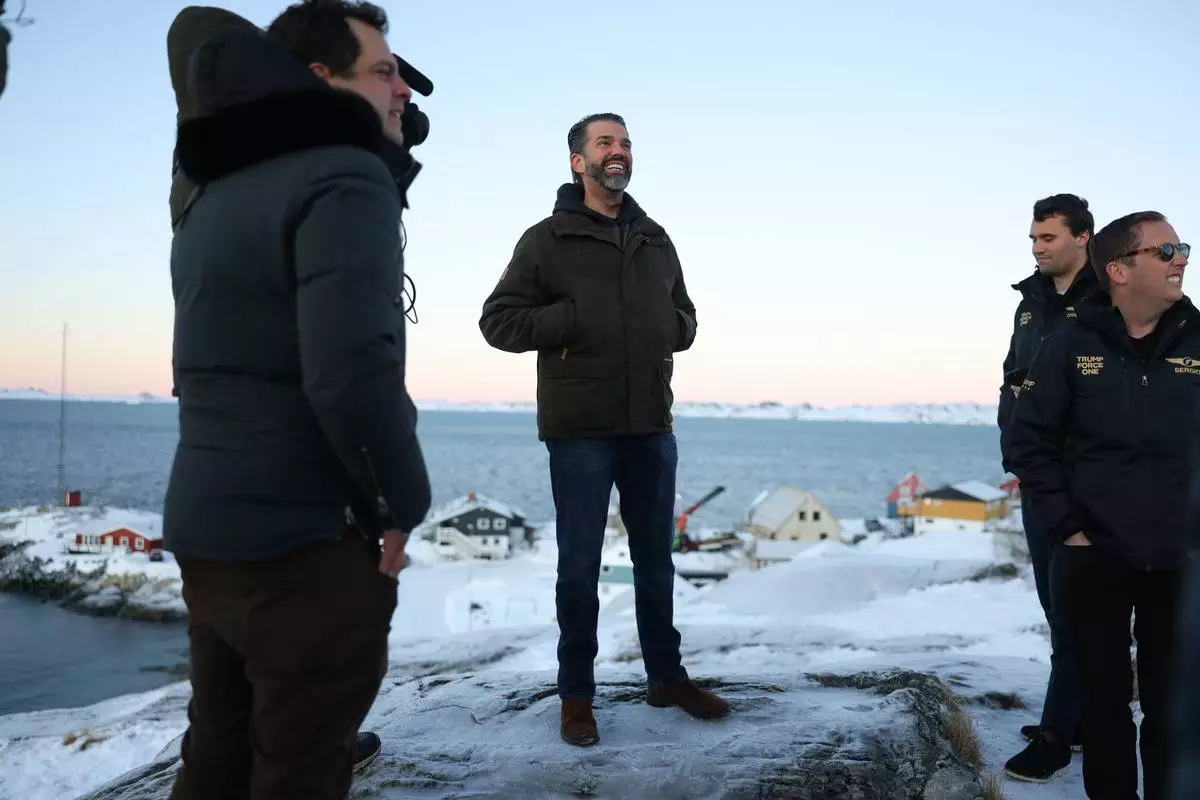
Donald Trump Jr., center, smiles after arriving in Nuuk, Greenland, Tuesday, Jan. 7, 2025. (Emil Stach/Ritzau Scanpix via AP)
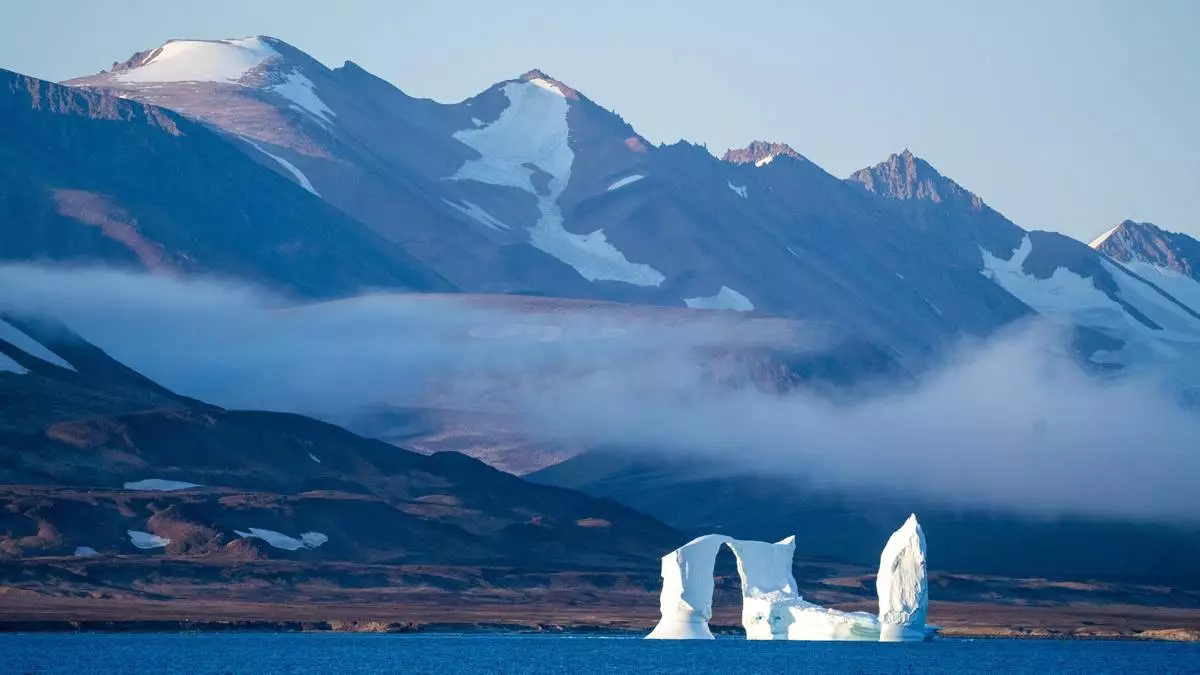
FILE - An iceberg floats in the Scoresby Sund, on Sept. 12, 2023, in Greenland. (AP Photo/Chris Szagola, File)
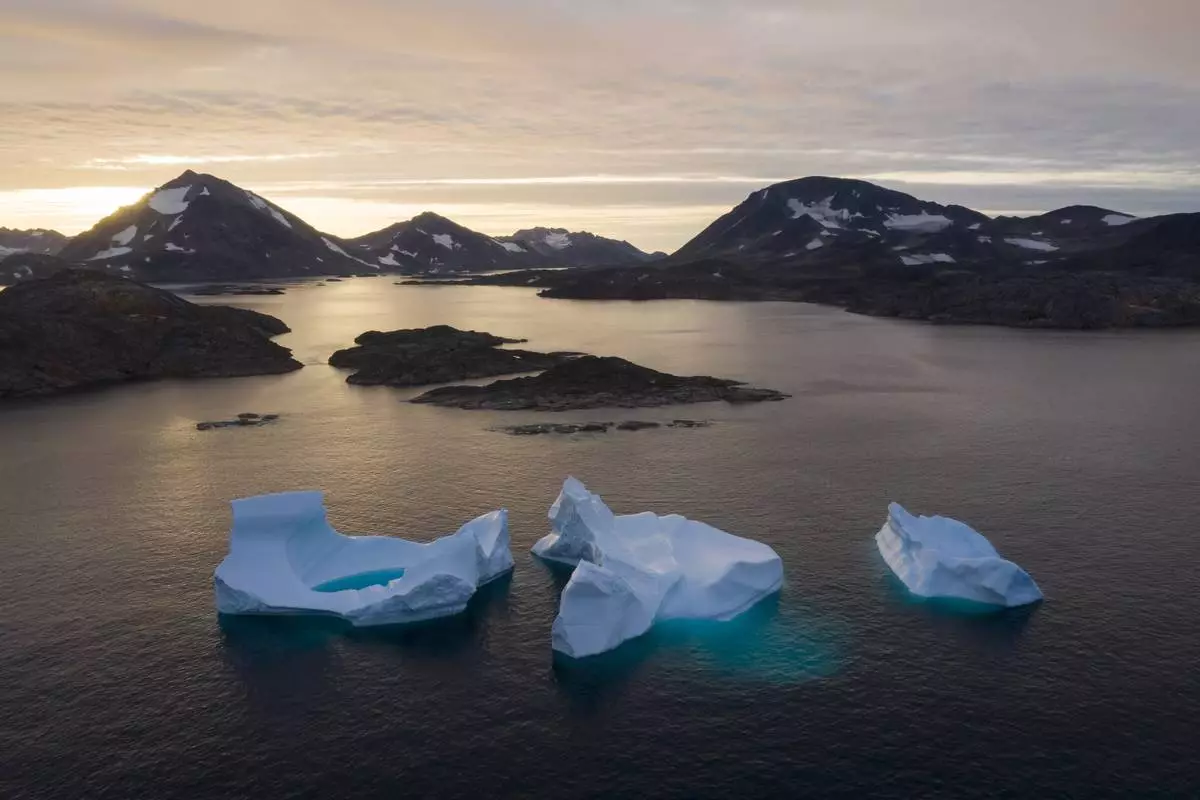
FILE - Large icebergs float away as the sun rises near Kulusuk, Greenland, on Aug. 16, 2019. (AP Photo/Felipe Dana, File)
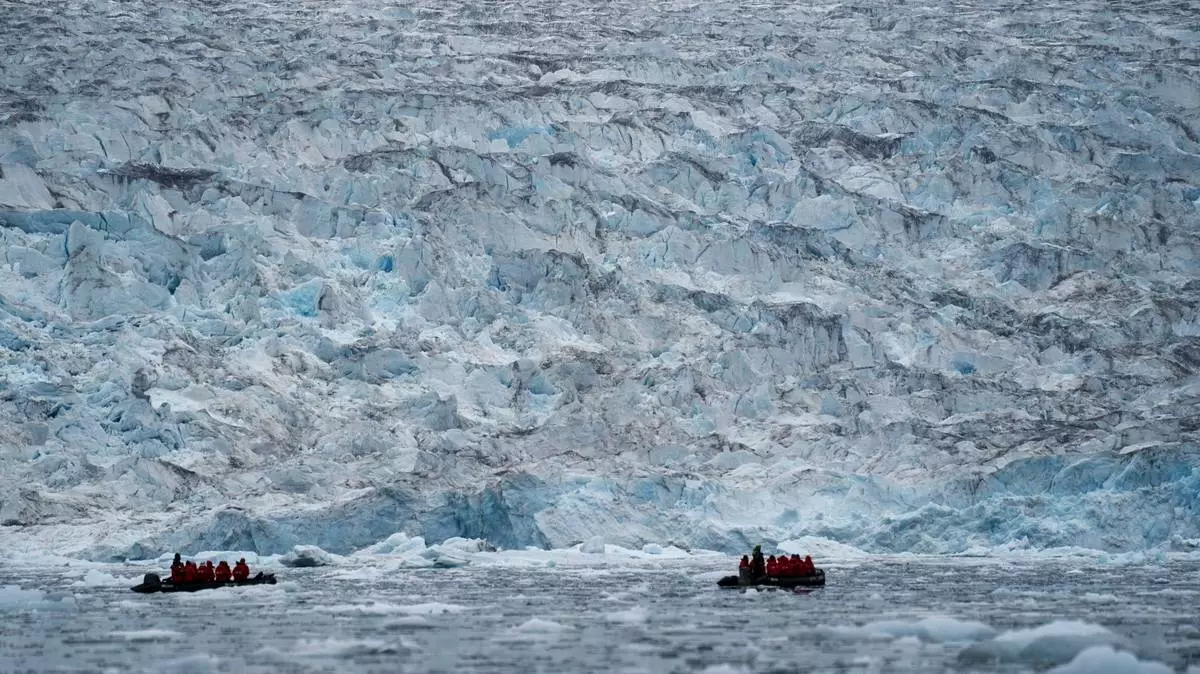
FILE - Two groups from the Poseidon Expeditions tour company look at a glacier in the Scoresby Sund, on Sept. 7, 2023, in Greenland. (AP Photo/Chris Szagola, File)
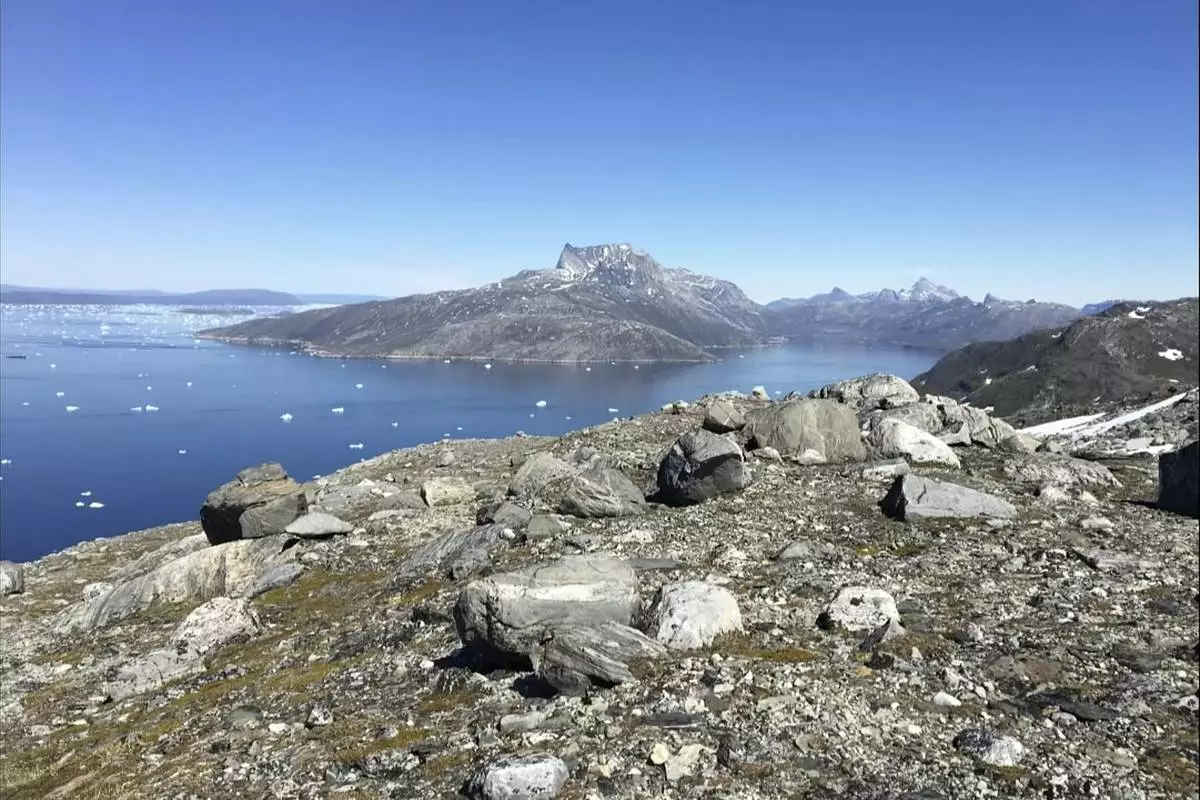
FILE - Small pieces of ice float in the water in Nuuk Fjord, Greenland, on June 15, 2019. (AP Photo/Keith Virgo, File)
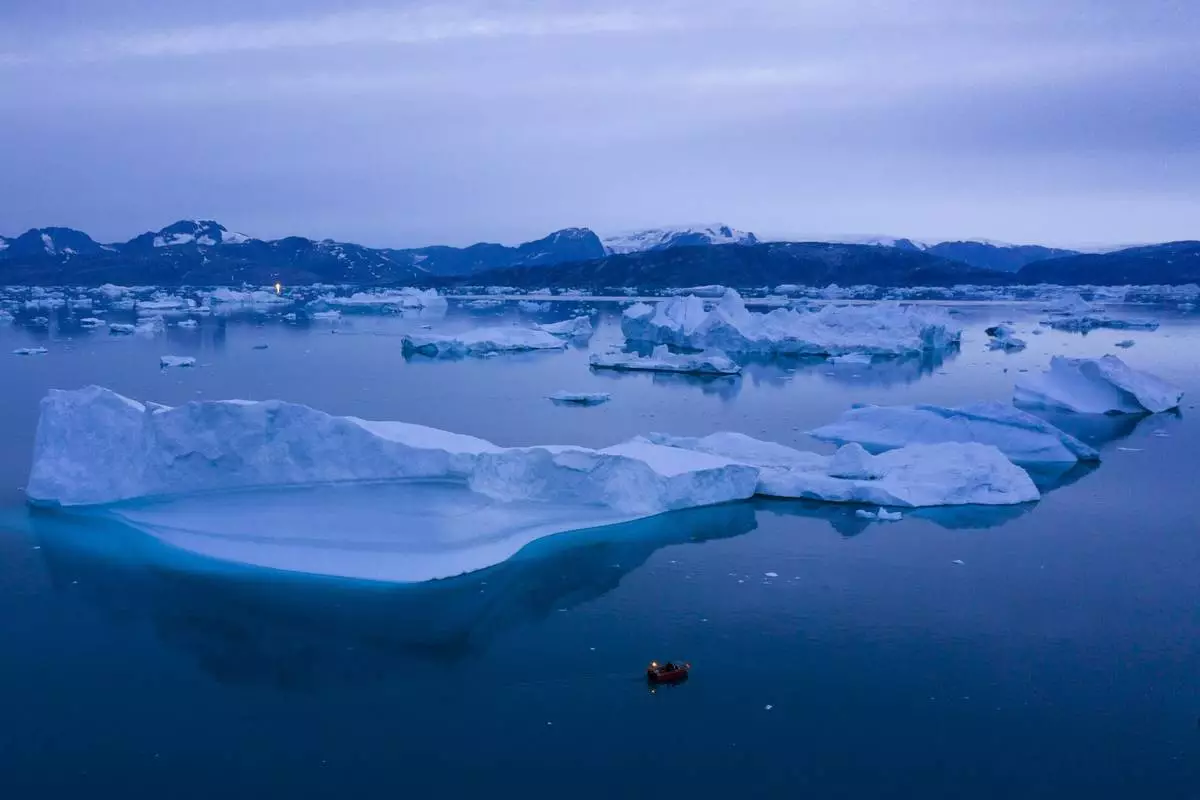
FILE - A boat navigates large icebergs near the town of Kulusuk, in eastern Greenland, on Aug. 15, 2019. (AP Photo/Felipe Dana, File)


